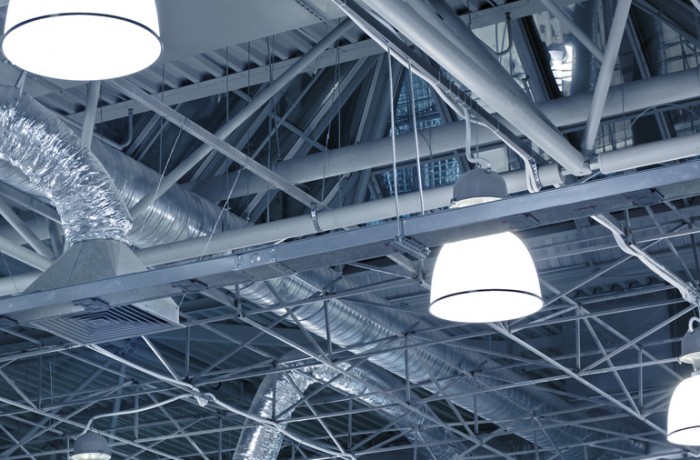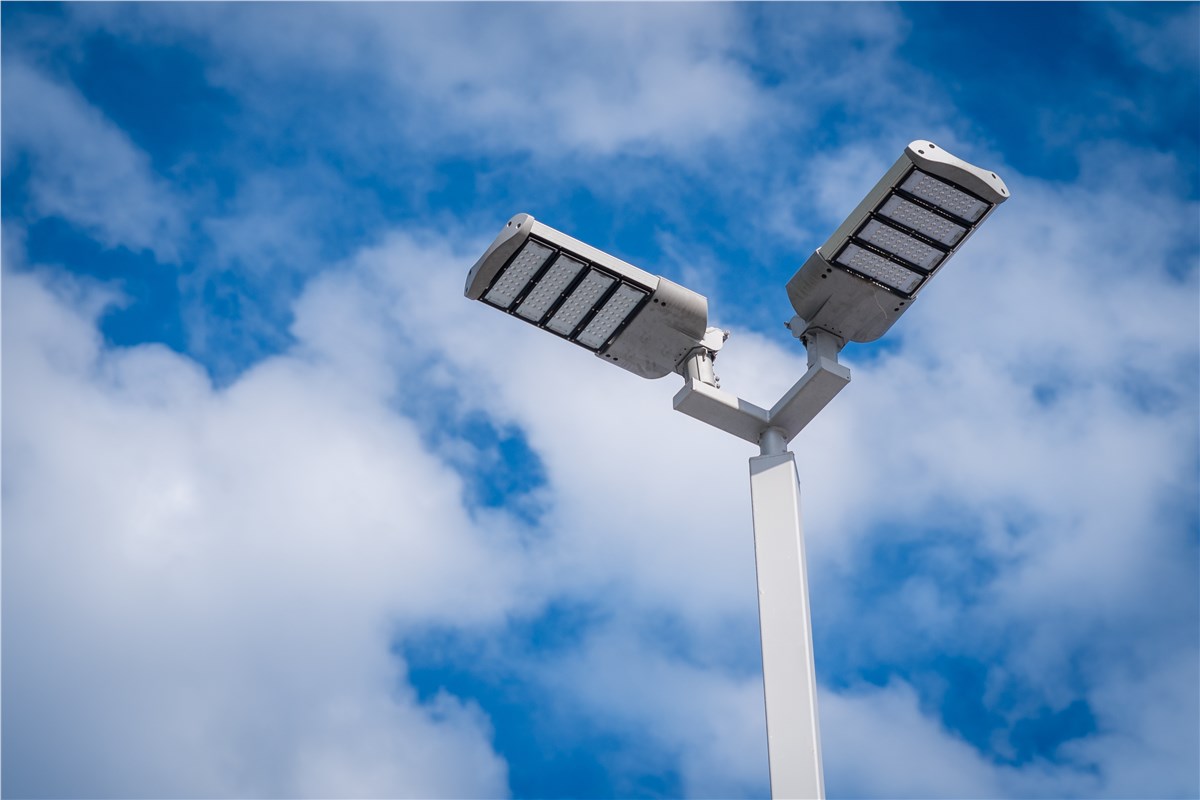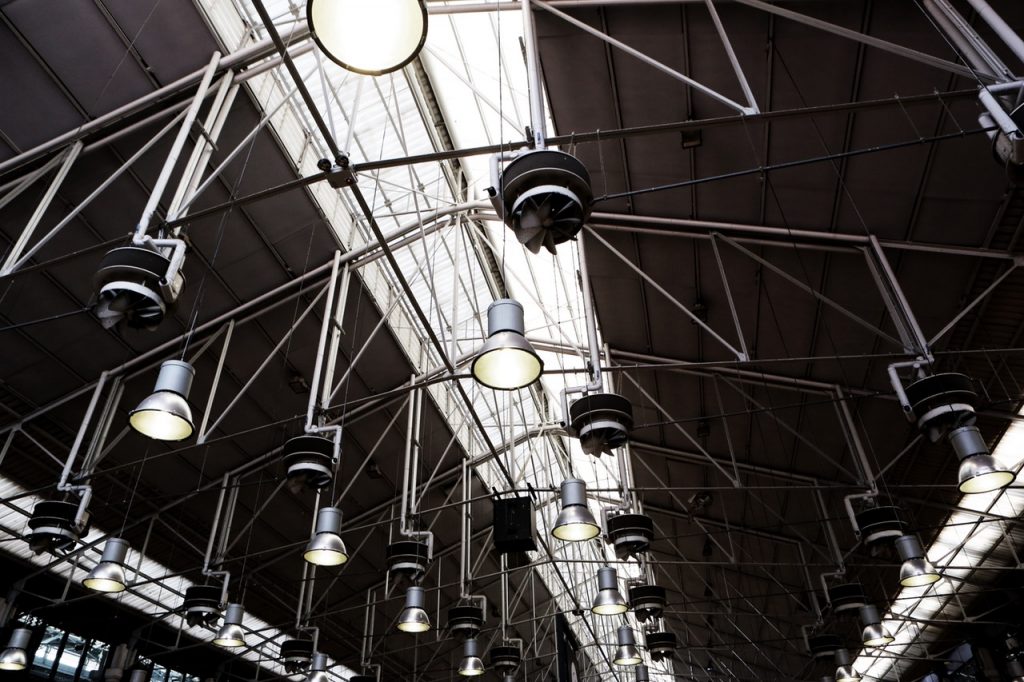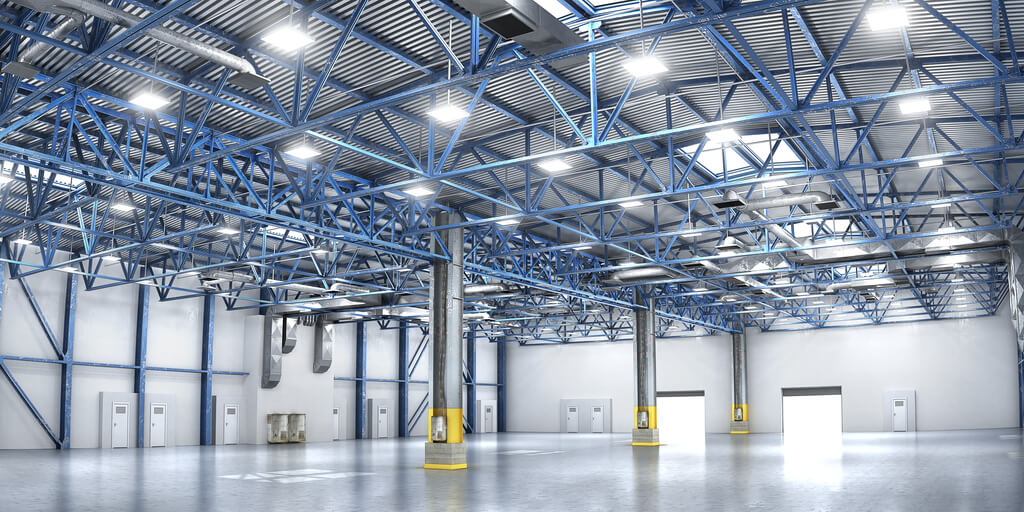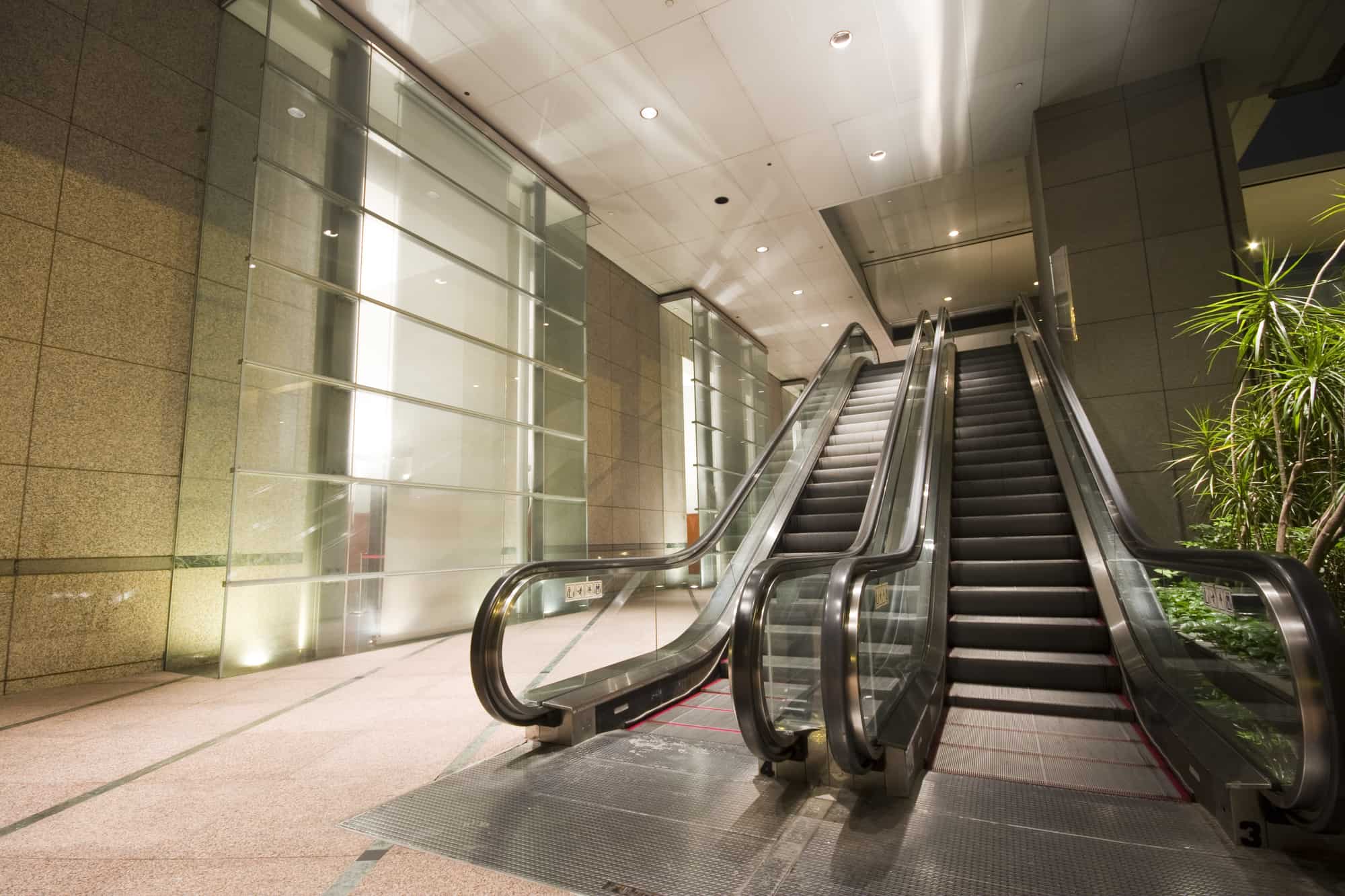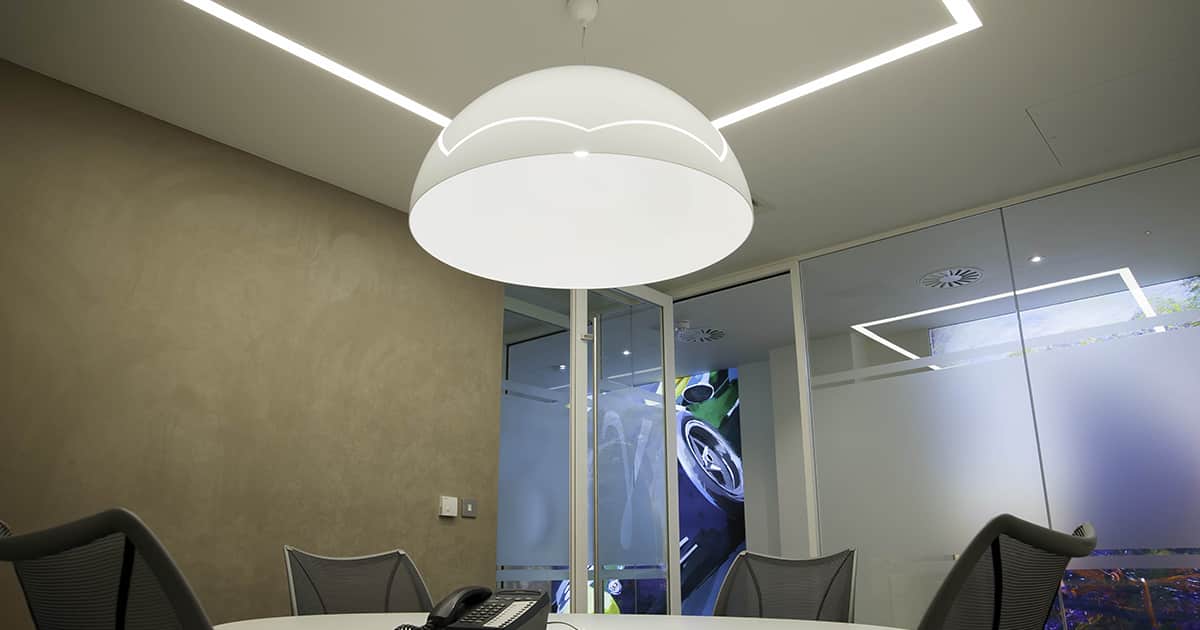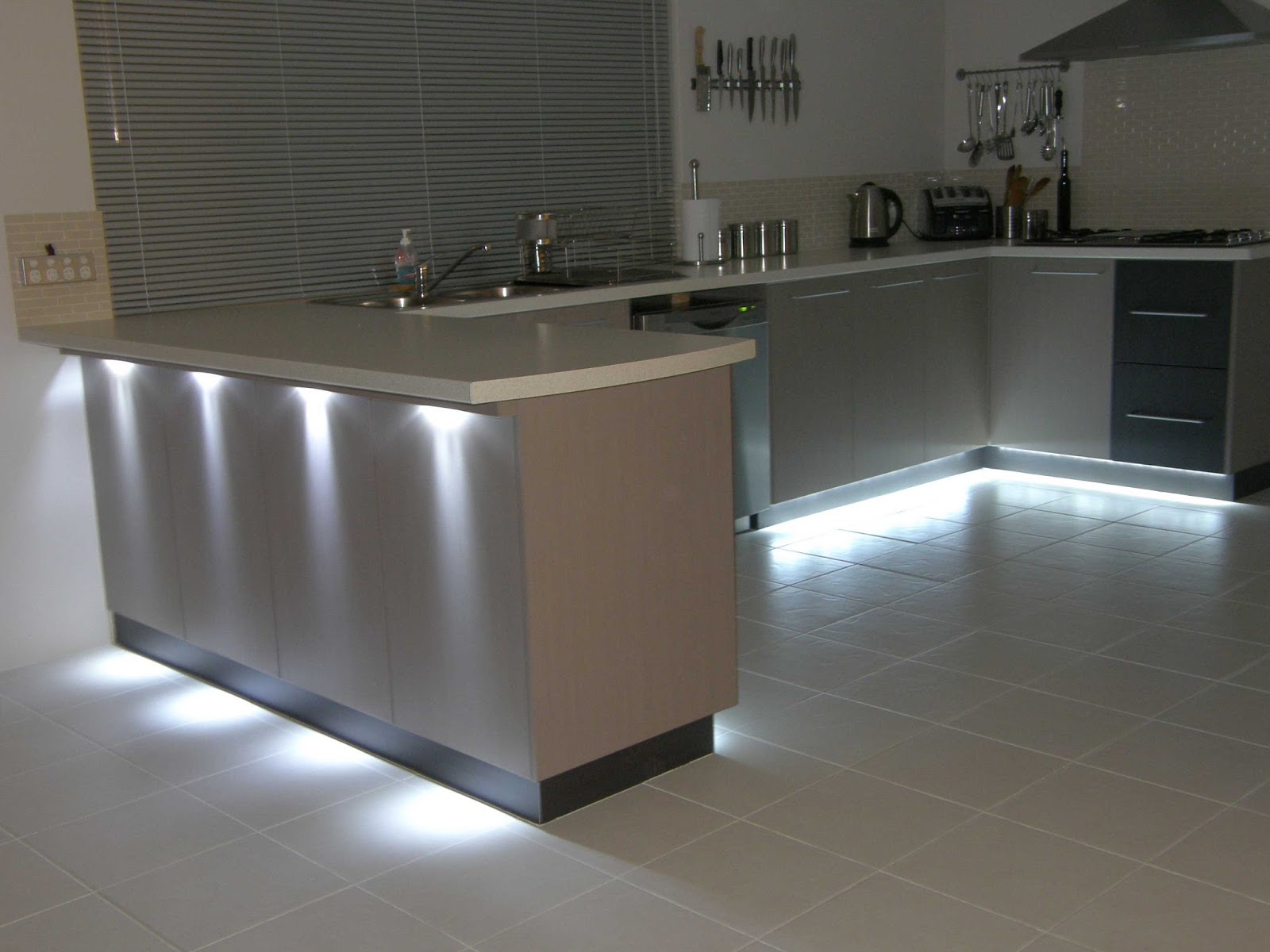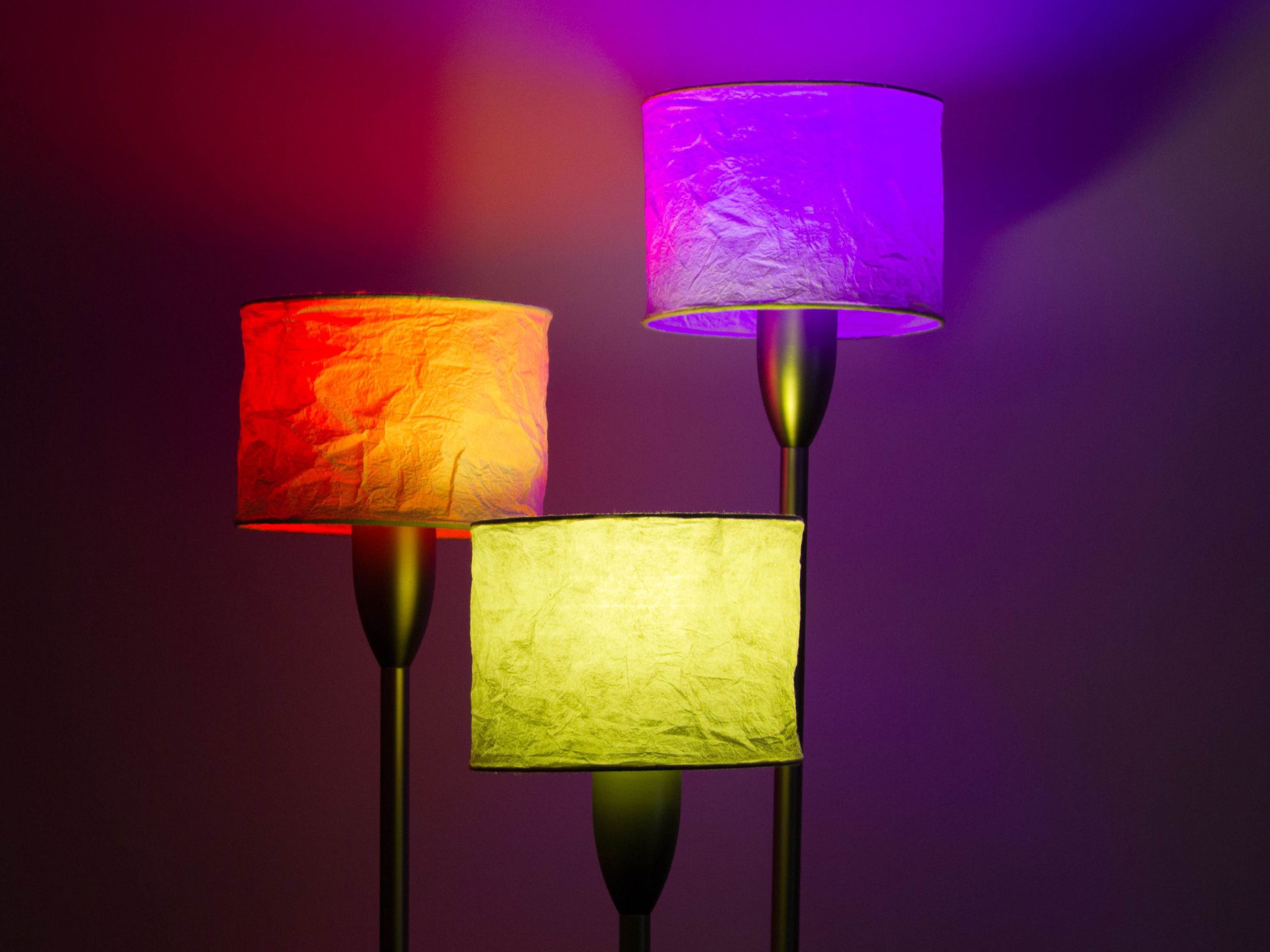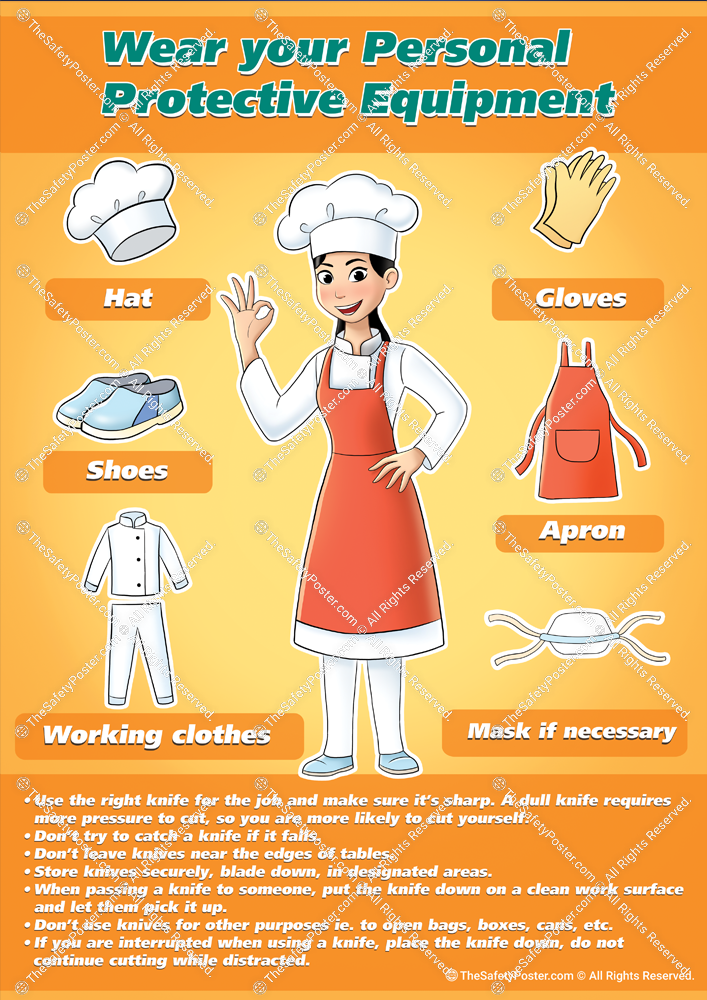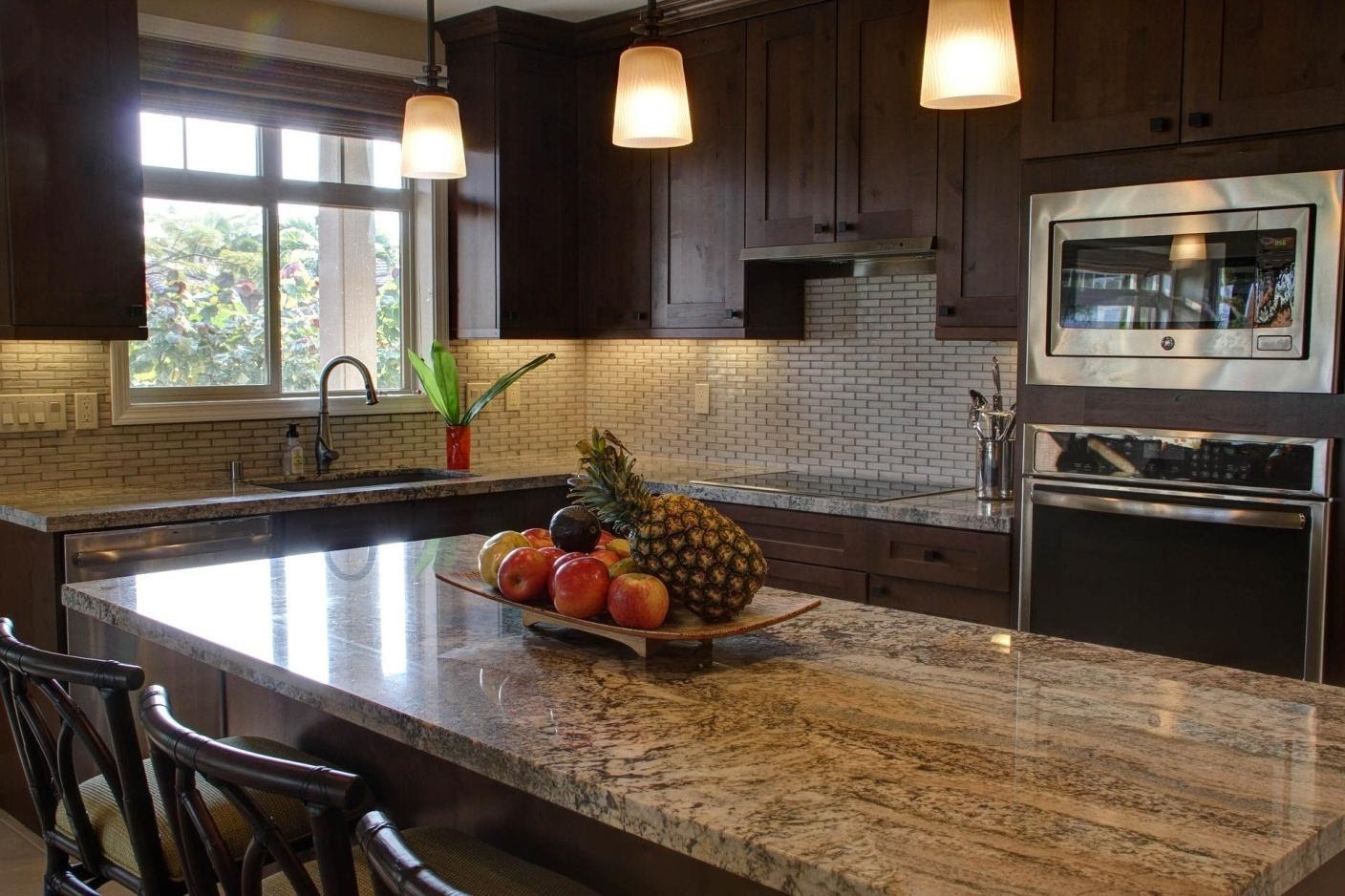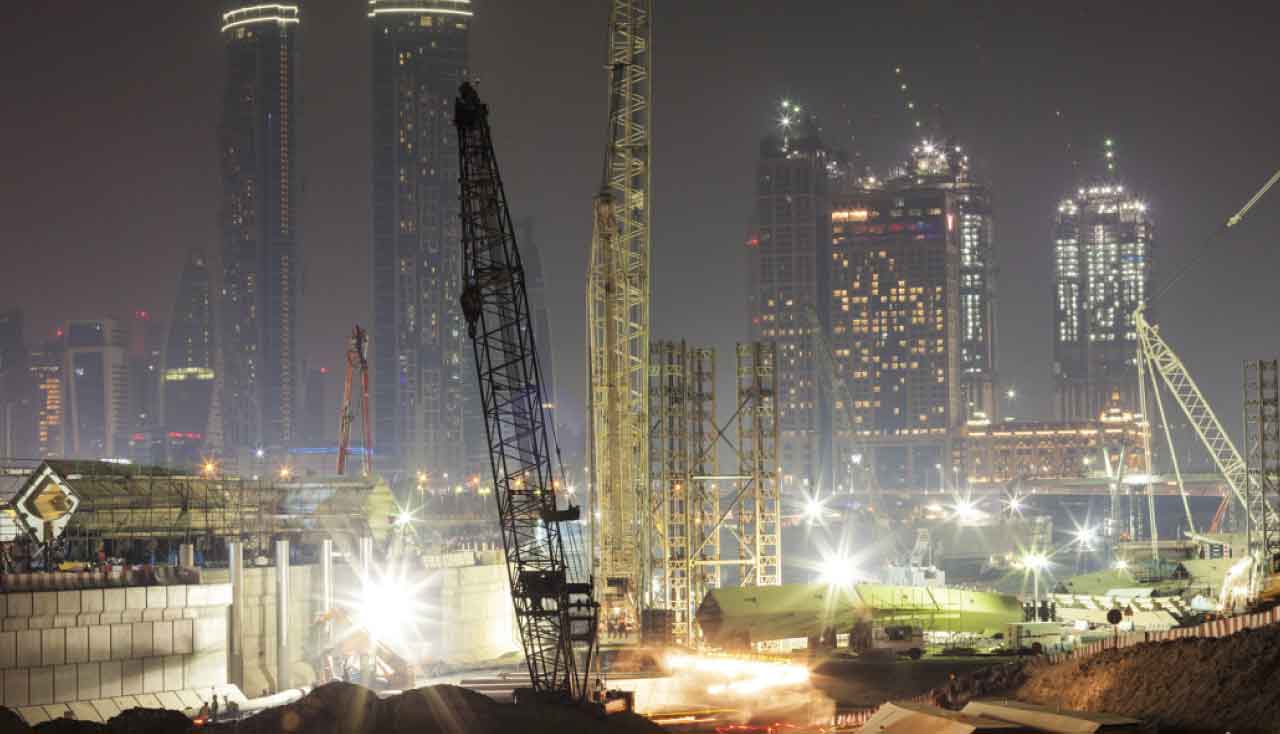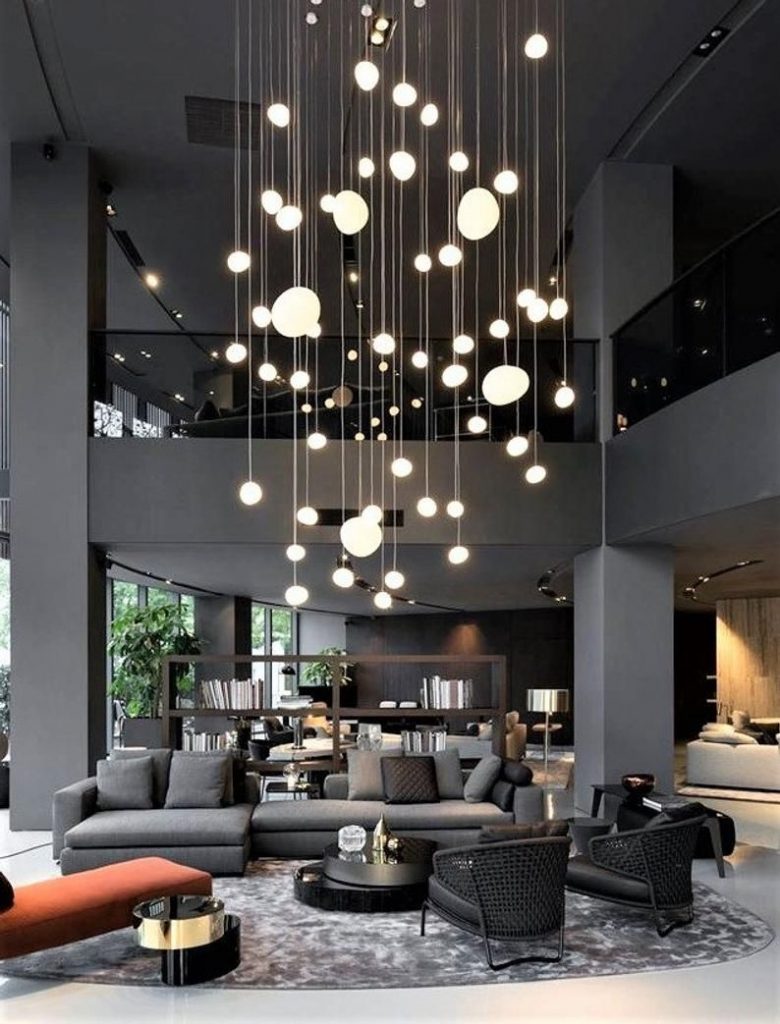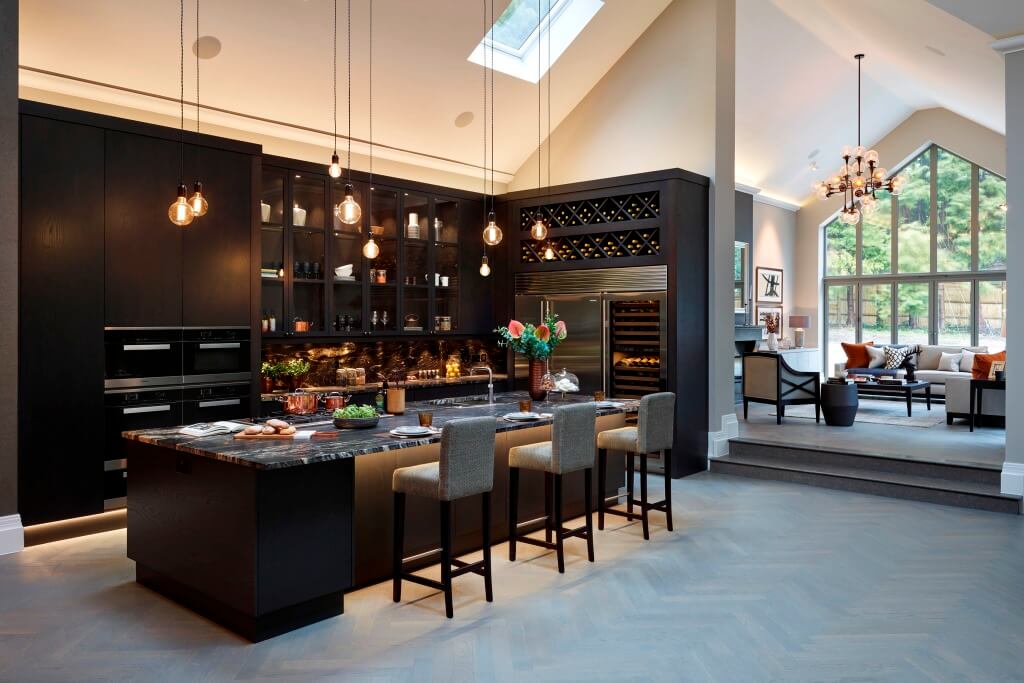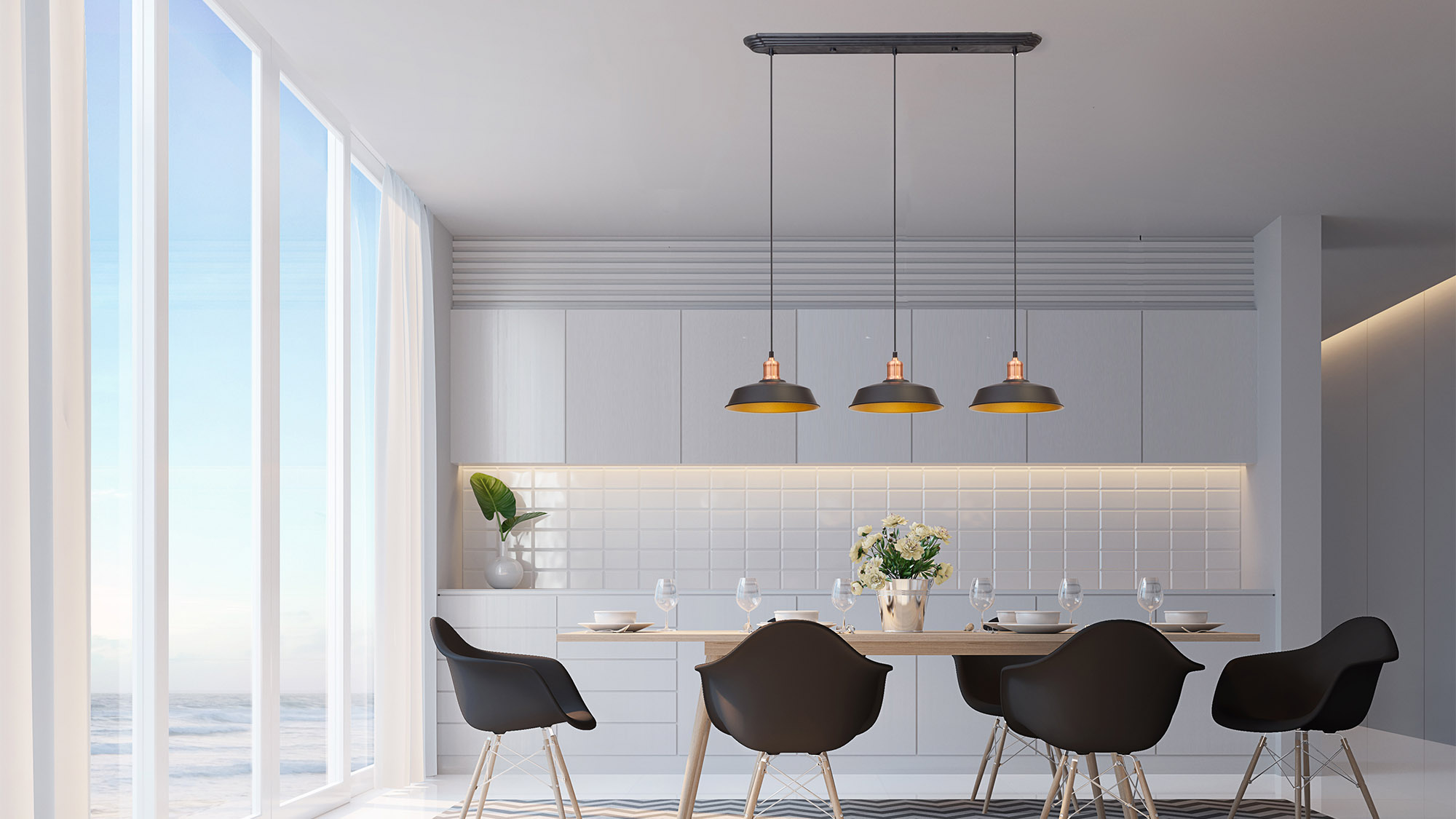Commercial kitchens require specific lighting levels to ensure a safe and efficient working environment. These requirements are set to meet various standards and regulations, and it is crucial for business owners and managers to adhere to them. Let's take a closer look at the lighting requirements for commercial kitchens and how they can be met.Lighting Requirements for Commercial Kitchens
There are various lighting standards that commercial kitchens must meet, such as those set by the Occupational Safety and Health Administration (OSHA) and the National Fire Protection Association (NFPA). These standards cover aspects like illumination levels, lighting design, and energy efficiency. Compliance with these standards not only ensures the safety of employees but also protects the business from potential legal issues.Commercial Kitchen Lighting Standards
The recommended light levels for commercial kitchens vary depending on the specific area within the kitchen. For example, food preparation areas may require higher light levels compared to storage areas. Generally, the recommended light levels for commercial kitchens are between 30 and 50 foot-candles (fc) for general kitchen areas, 70-100 fc for food preparation areas, and 20-30 fc for storage areas.Recommended Light Levels for Commercial Kitchens
There are several lighting options available for commercial kitchens, but the most commonly used are fluorescent and LED lighting. Fluorescent lighting is cost-effective and provides bright, even light. However, it can be prone to flickering and can produce a buzzing sound. On the other hand, LED lighting is more energy-efficient and has a longer lifespan. It also produces less heat, making it a safer option for a high-heat environment like a commercial kitchen.Best Lighting Options for Commercial Kitchens
Commercial kitchens are known for their high energy consumption, and lighting plays a significant role in this. However, there are ways to make lighting more energy-efficient, such as using LED lighting, incorporating natural lighting through windows or skylights, and installing motion sensors to turn off lights when not in use. These solutions not only reduce energy costs but also contribute to a more sustainable and environmentally-friendly operation.Energy-Efficient Lighting Solutions for Commercial Kitchens
LED lighting is becoming increasingly popular in commercial kitchens due to its energy efficiency, longer lifespan, and durability. LED lights produce bright, crisp light that is perfect for food preparation areas. They also come in various color temperatures, making it possible to customize the lighting to match the kitchen's design and ambiance. Additionally, LED lights do not contain any harmful chemicals, making them a safe option for food preparation areas.LED Lighting for Commercial Kitchens
The proper lighting in a commercial kitchen is not only essential for the safety of employees but also for food safety. Inadequate lighting can make it difficult to spot spills, stains, or spoiled food, increasing the risk of contamination. It is crucial to have sufficient lighting in all areas of the kitchen, including storage areas, to ensure proper food handling and prevent foodborne illnesses.Proper Lighting for Food Safety in Commercial Kitchens
Adequate lighting in commercial kitchens is vital for several reasons. First and foremost, it ensures the safety of employees by providing clear visibility and reducing the risk of accidents. It also contributes to the overall efficiency of the kitchen, as employees can work more effectively in a well-lit environment. Adequate lighting also plays a role in the kitchen's appearance, creating a welcoming and professional atmosphere for customers.Importance of Adequate Lighting in Commercial Kitchens
Calculating light levels for commercial kitchens can be done using a simple formula. Multiply the length and width of the room in feet to get the area in square feet. Then, multiply the area by the recommended foot-candles for the specific area. For example, a food preparation area with an area of 100 square feet would require 100 x 70-100 fc, which equals 7,000-10,000 lumens. This calculation can help determine how many lights are needed to achieve the desired light levels.How to Calculate Light Levels for Commercial Kitchens
Proper lighting design is essential for meeting the recommended light levels and creating a functional and visually appealing space. Some tips for designing lighting in commercial kitchens include using a combination of different types of lighting, such as task lighting and ambient lighting, to create layers and avoid shadows. It is also essential to consider the color temperature of the lights to ensure accurate food presentation and avoid a harsh or unpleasant ambiance. In conclusion, proper lighting plays a crucial role in the safety, efficiency, and overall success of a commercial kitchen. Business owners and managers must be aware of the lighting requirements and standards and choose the best lighting options for their specific needs. By following these guidelines and implementing energy-efficient lighting solutions, commercial kitchens can operate effectively and sustainably while providing a safe and inviting environment for employees and customers alike.Lighting Design Tips for Commercial Kitchens
The Importance of Proper Light Levels in a Commercial Kitchen
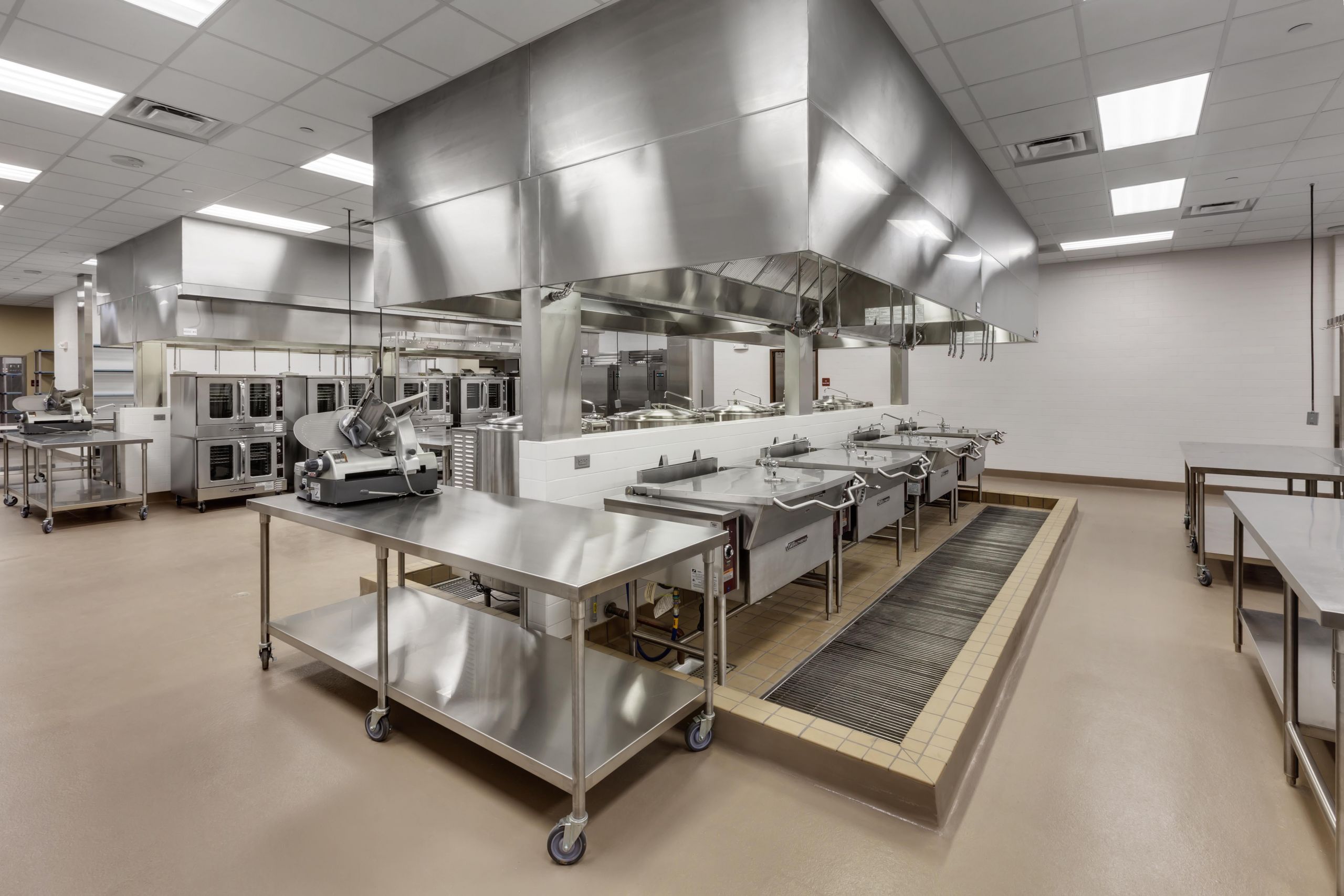
Creating a Safe and Productive Environment for Your Kitchen Staff
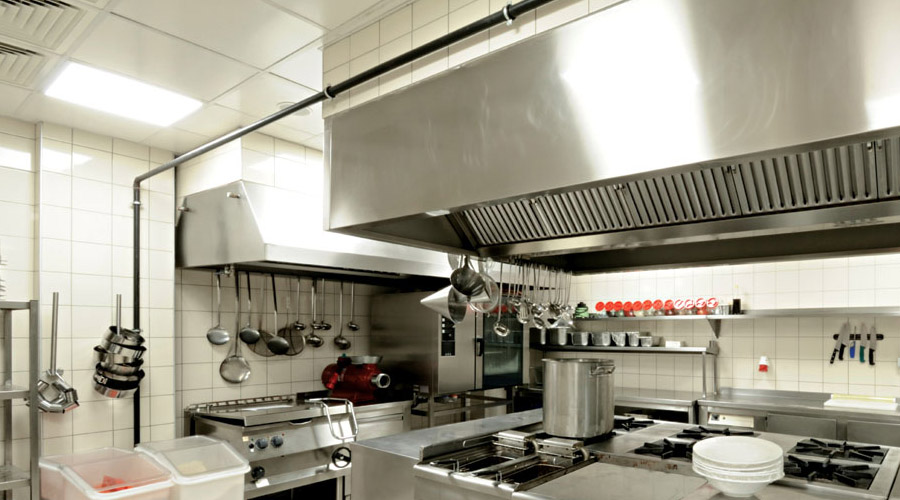 In any commercial kitchen, proper lighting is essential for creating a safe and productive work environment. From food preparation to cooking to cleaning, there are a variety of tasks that require different levels of light. Improper lighting can not only affect the quality and efficiency of your food, but it can also lead to potential safety hazards for your kitchen staff. In this article, we will discuss the importance of maintaining the
right light levels in a commercial kitchen
and provide tips on how to achieve optimal lighting for your business.
In any commercial kitchen, proper lighting is essential for creating a safe and productive work environment. From food preparation to cooking to cleaning, there are a variety of tasks that require different levels of light. Improper lighting can not only affect the quality and efficiency of your food, but it can also lead to potential safety hazards for your kitchen staff. In this article, we will discuss the importance of maintaining the
right light levels in a commercial kitchen
and provide tips on how to achieve optimal lighting for your business.
The Impact of Light Levels on Food Quality
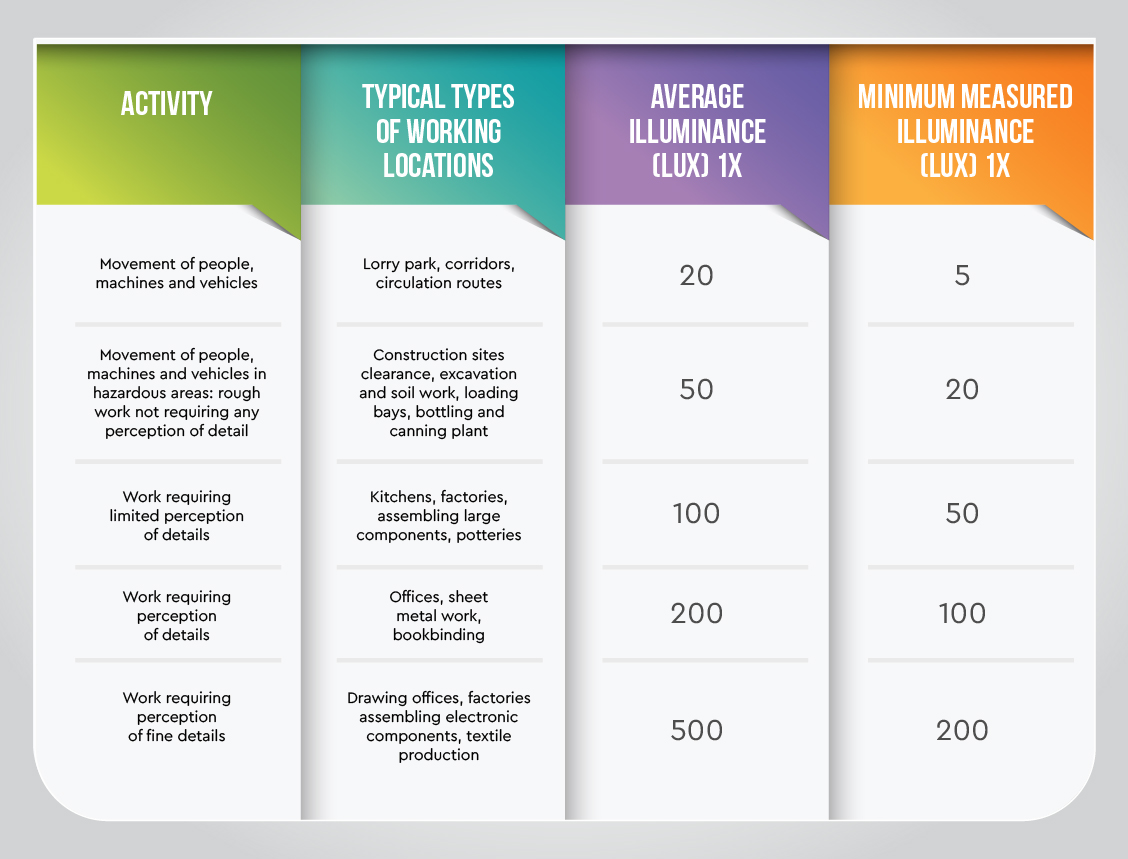 One of the most important reasons to pay attention to light levels in a commercial kitchen is the direct impact it has on the quality of food. Poor lighting can make it difficult for chefs and cooks to properly see and inspect ingredients, leading to mistakes and potential food safety issues.
Proper lighting
is especially crucial for tasks such as cutting and plating, where precision and accuracy are key. In addition, certain types of lighting can also affect the appearance of food, making it look unappetizing or unappealing to customers.
One of the most important reasons to pay attention to light levels in a commercial kitchen is the direct impact it has on the quality of food. Poor lighting can make it difficult for chefs and cooks to properly see and inspect ingredients, leading to mistakes and potential food safety issues.
Proper lighting
is especially crucial for tasks such as cutting and plating, where precision and accuracy are key. In addition, certain types of lighting can also affect the appearance of food, making it look unappetizing or unappealing to customers.
The Role of Lighting in Kitchen Safety
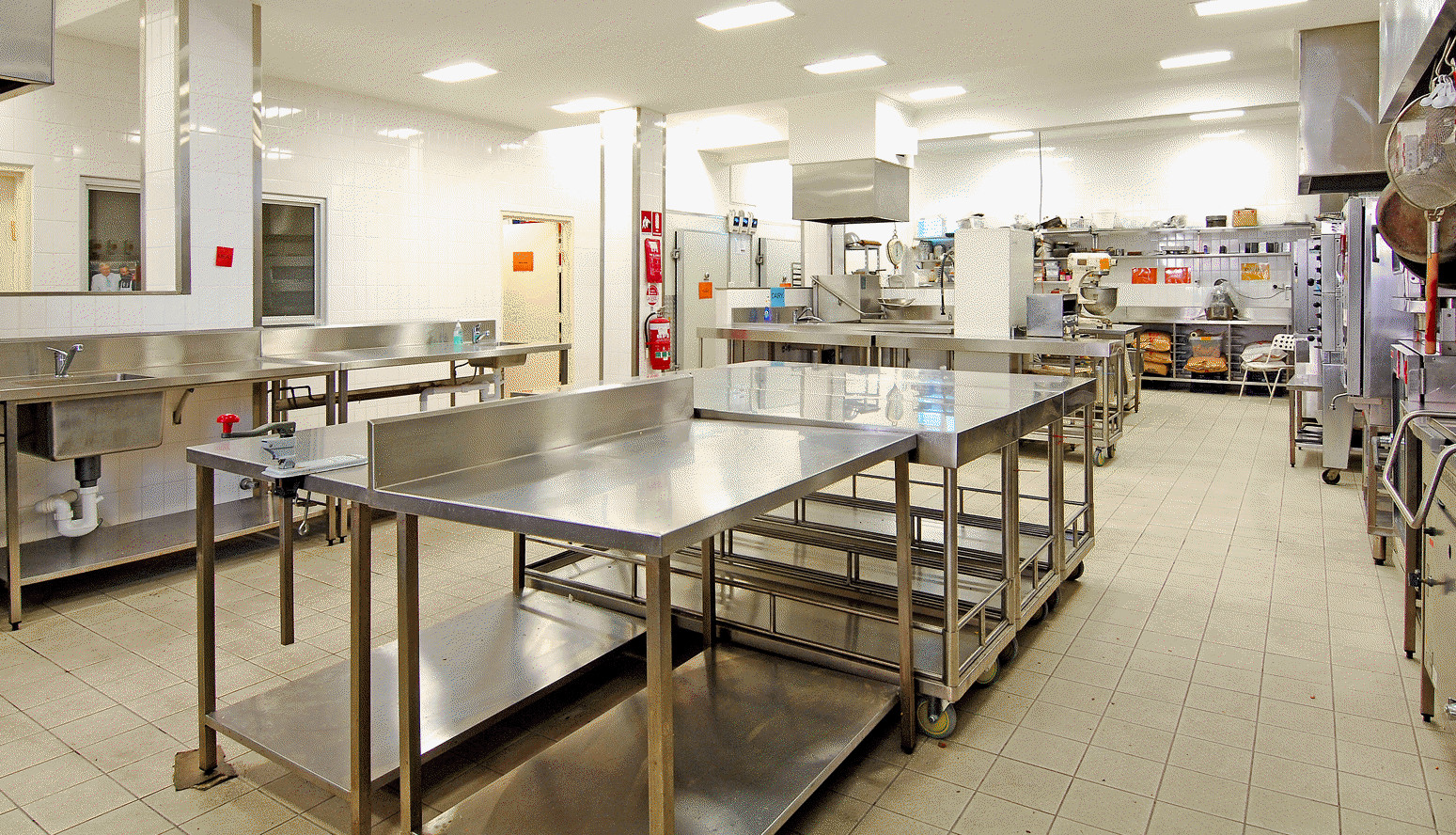 In a fast-paced and busy commercial kitchen, safety should always be a top priority. Proper lighting can play a significant role in preventing accidents and injuries. For example, insufficient lighting can make it difficult for kitchen staff to see potential hazards, such as spills or sharp objects, which can result in slips, falls, and cuts. It is also important to
have adequate lighting
in areas where heat and flames are present, such as stovetops and ovens, to ensure that staff can see and handle these elements safely.
In a fast-paced and busy commercial kitchen, safety should always be a top priority. Proper lighting can play a significant role in preventing accidents and injuries. For example, insufficient lighting can make it difficult for kitchen staff to see potential hazards, such as spills or sharp objects, which can result in slips, falls, and cuts. It is also important to
have adequate lighting
in areas where heat and flames are present, such as stovetops and ovens, to ensure that staff can see and handle these elements safely.
Tips for Achieving Optimal Light Levels
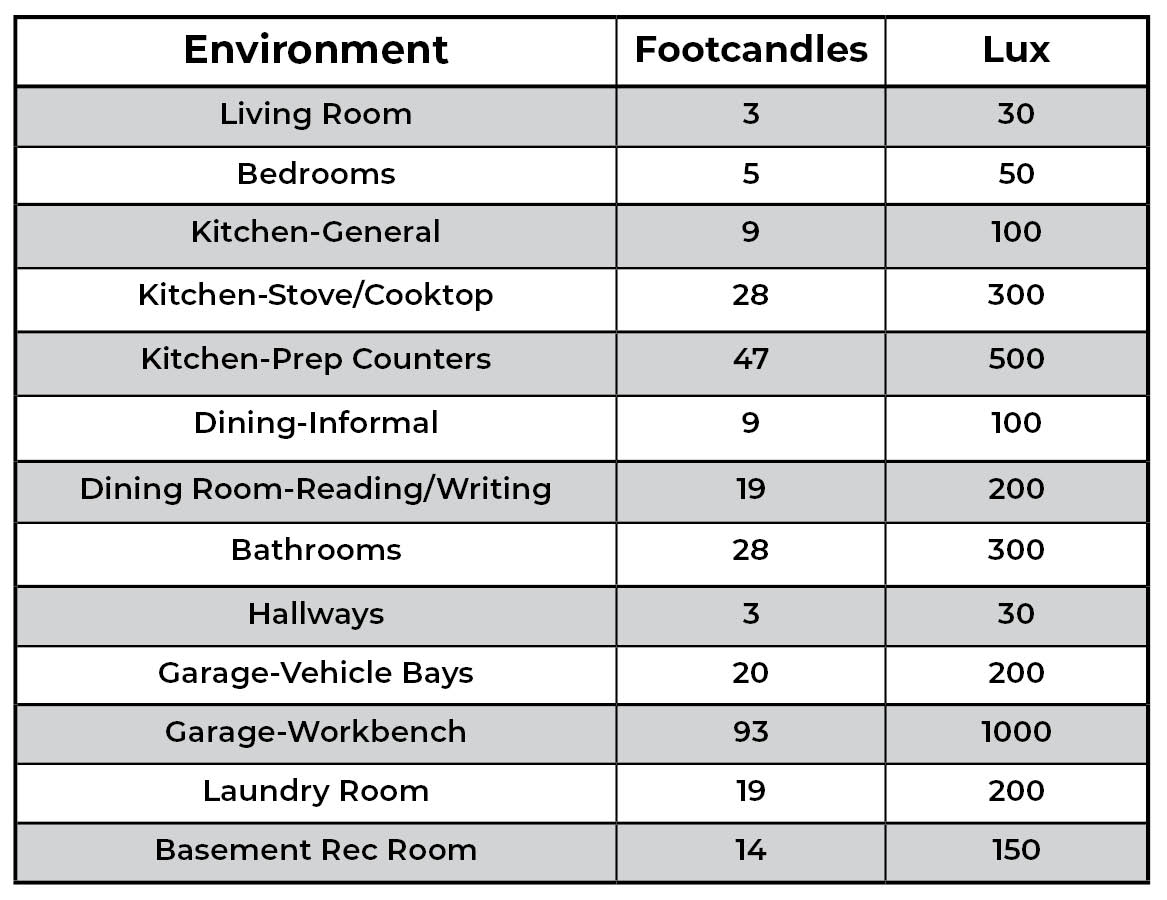 So, what can you do to ensure that your commercial kitchen has the right light levels? First and foremost, it is important to choose the right type of lighting for each area of your kitchen. For example, task lighting, such as
LED
or fluorescent lights, should be used in food preparation and cooking areas to provide bright and focused light. Ambient lighting, such as dimmer switches or track lighting, can be used in dining areas to create a warm and inviting atmosphere. It is also important to regularly maintain and replace light bulbs to ensure consistent and adequate lighting levels.
So, what can you do to ensure that your commercial kitchen has the right light levels? First and foremost, it is important to choose the right type of lighting for each area of your kitchen. For example, task lighting, such as
LED
or fluorescent lights, should be used in food preparation and cooking areas to provide bright and focused light. Ambient lighting, such as dimmer switches or track lighting, can be used in dining areas to create a warm and inviting atmosphere. It is also important to regularly maintain and replace light bulbs to ensure consistent and adequate lighting levels.
The Bottom Line
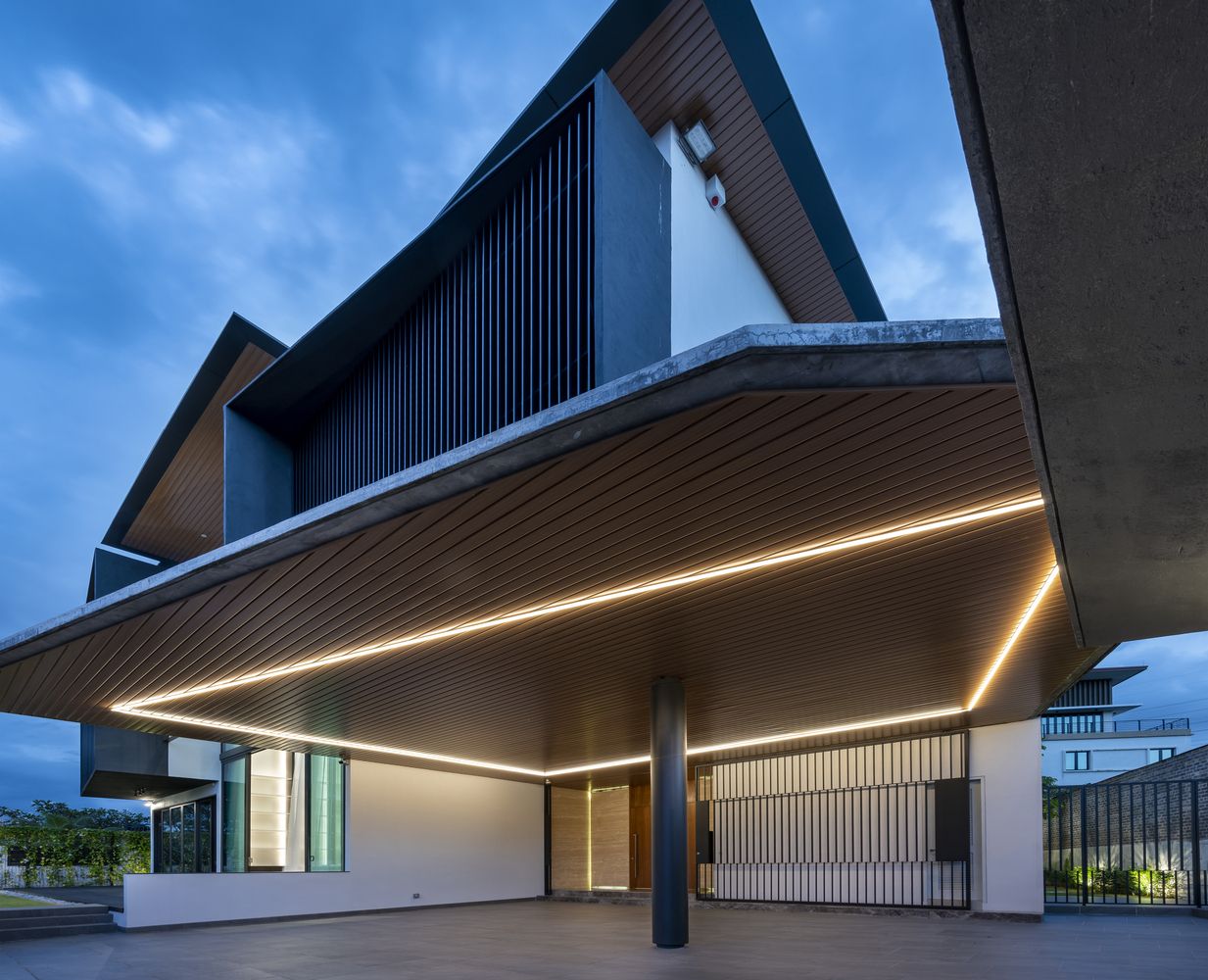 In conclusion, proper light levels in a commercial kitchen are crucial for maintaining food quality, ensuring safety, and creating a productive work environment. By choosing the right type of lighting and regularly maintaining it, you can provide your kitchen staff with the tools they need to succeed. Don't overlook the importance of lighting in your kitchen design and make sure to prioritize it in your planning process. Your staff and customers will thank you.
In conclusion, proper light levels in a commercial kitchen are crucial for maintaining food quality, ensuring safety, and creating a productive work environment. By choosing the right type of lighting and regularly maintaining it, you can provide your kitchen staff with the tools they need to succeed. Don't overlook the importance of lighting in your kitchen design and make sure to prioritize it in your planning process. Your staff and customers will thank you.
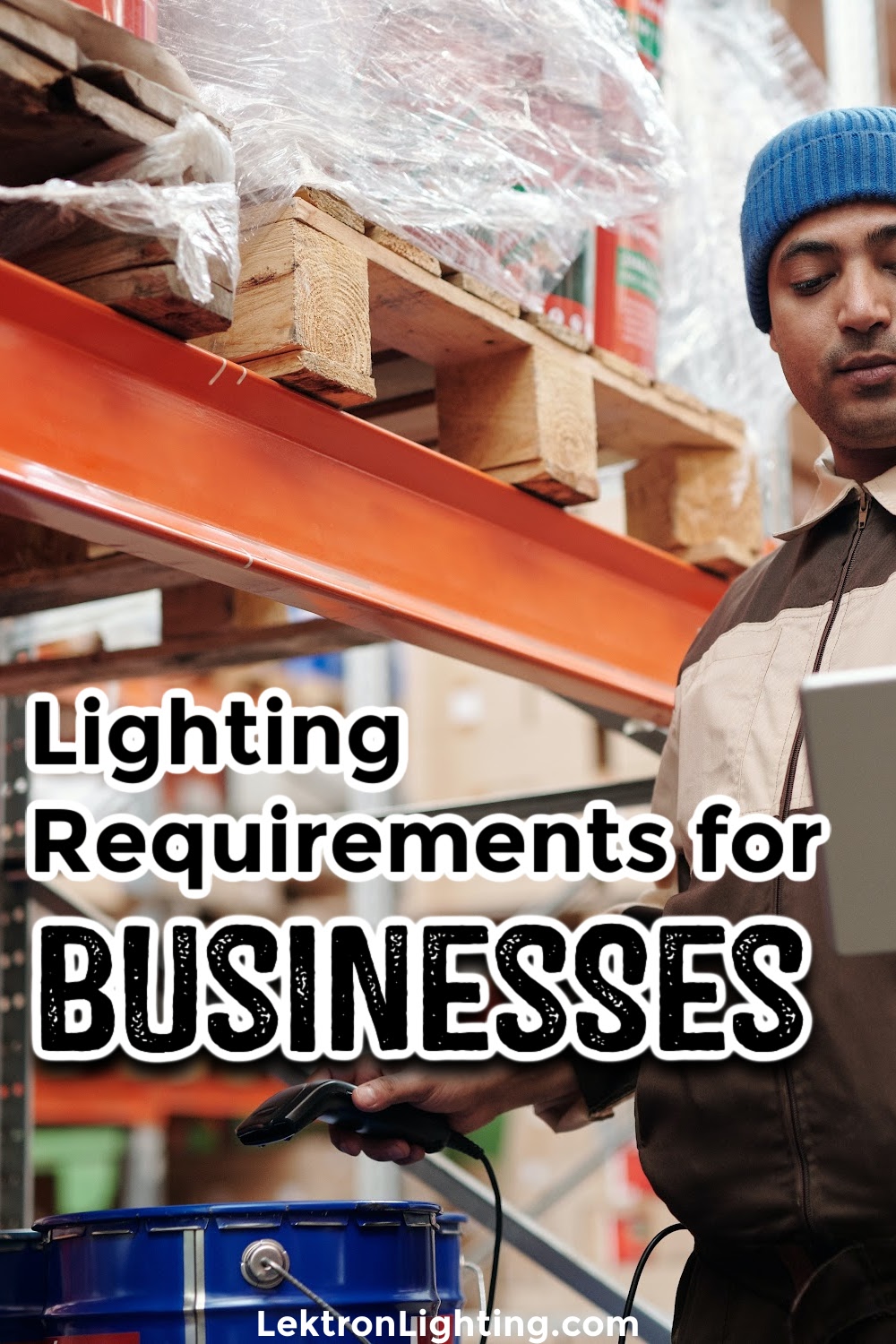



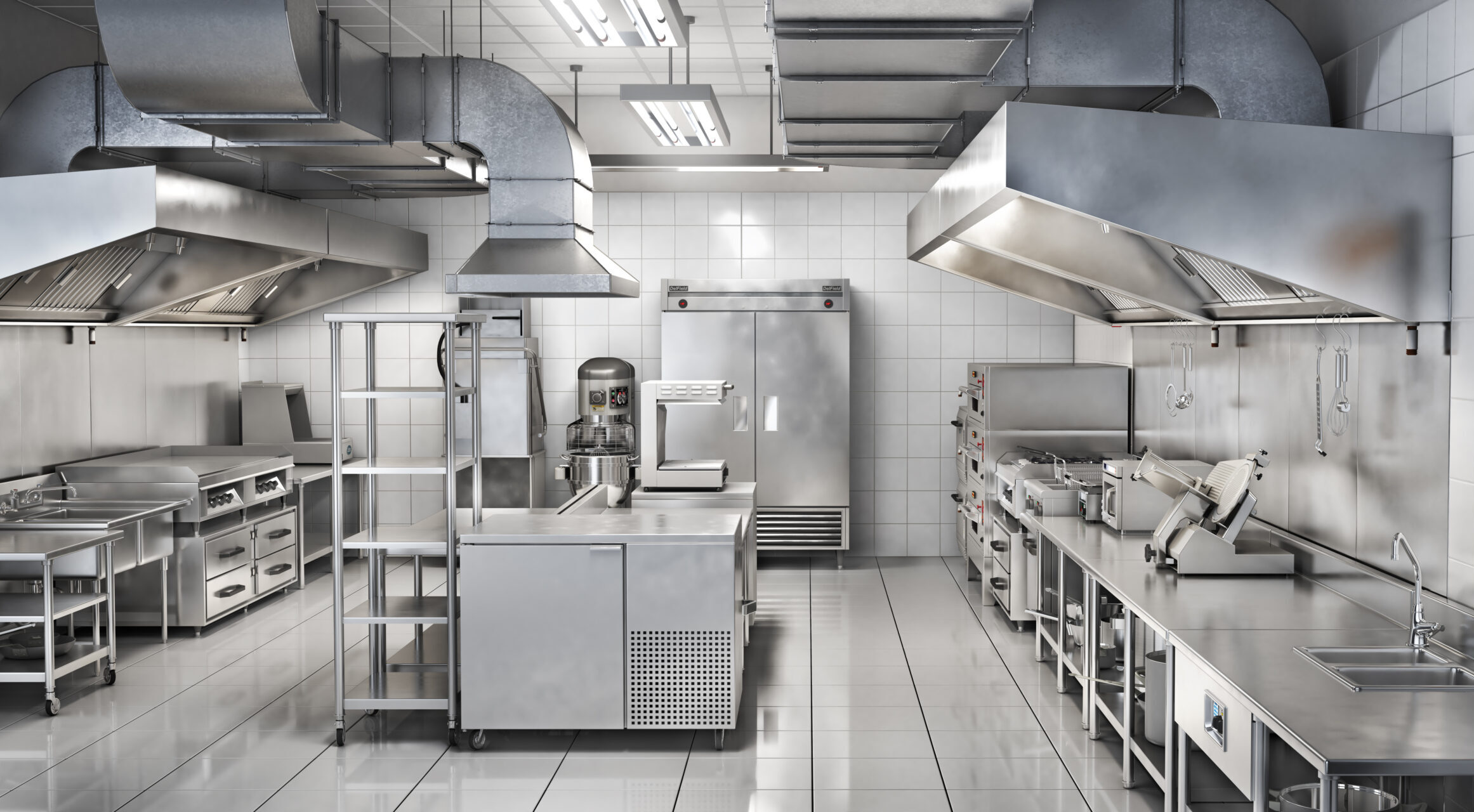
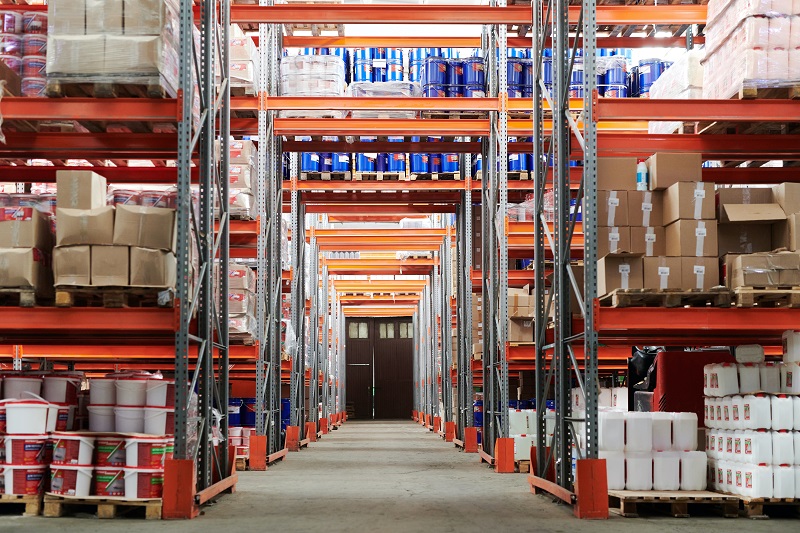





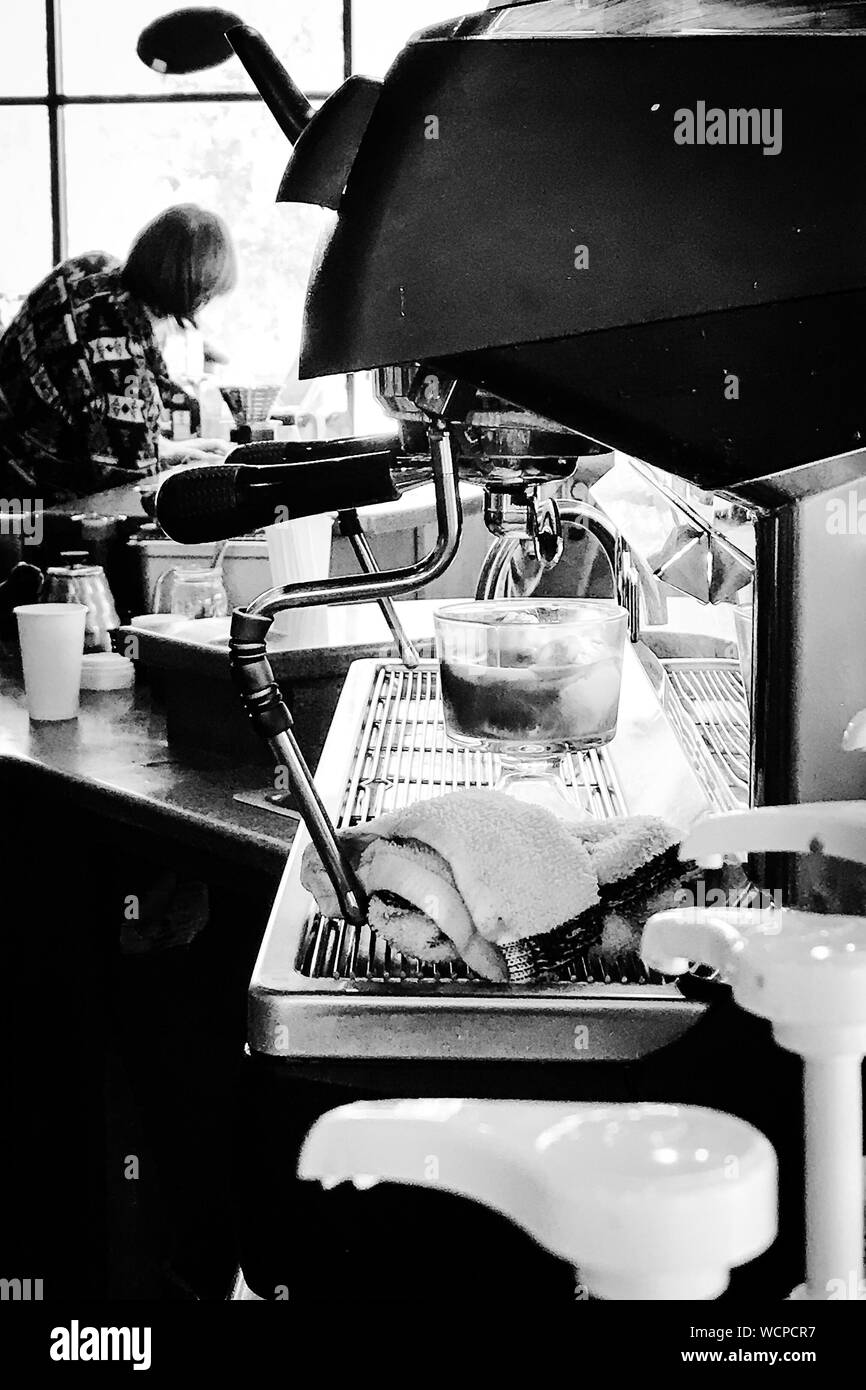



















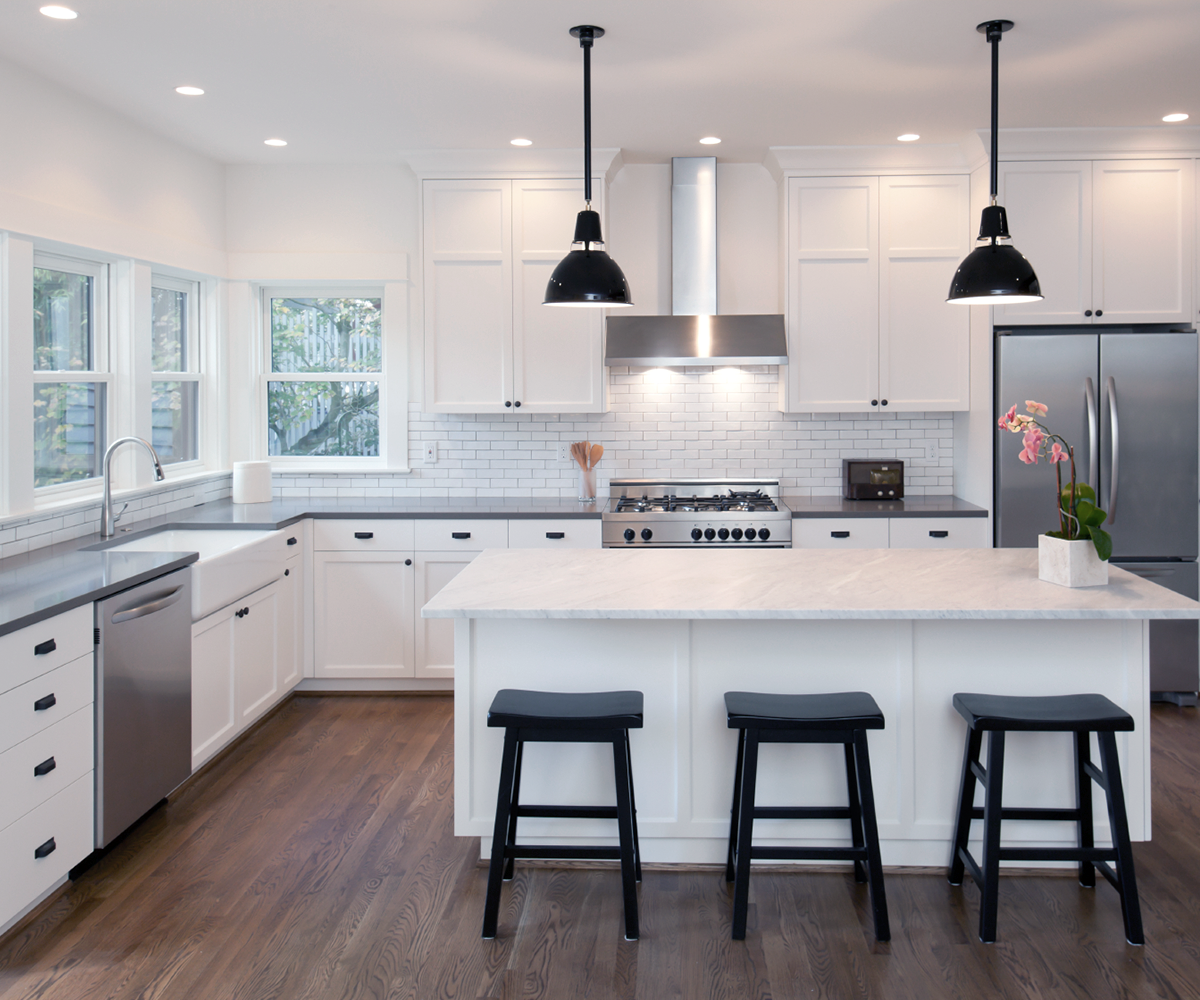
:max_bytes(150000):strip_icc()/DSC_0268-3b917e92940e4869859fa29983d2063c.jpeg)








